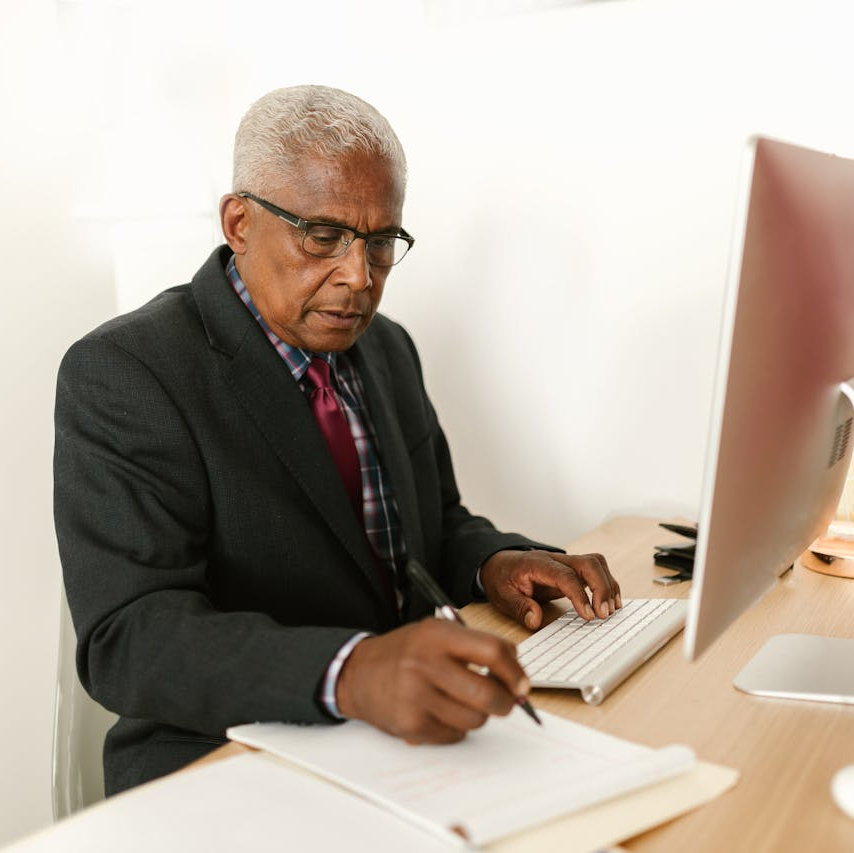Key Takeaways
- Understanding Medicare enrollment periods ensures you don’t miss important deadlines that could affect your coverage and finances.
- Coordinating your federal health benefits with Medicare can save money and enhance your healthcare options.
Navigating Medicare Enrollment with Confidence
Medicare enrollment can be confusing, but as a federal employee or retiree, you’re in a unique position. Your benefits under the Federal Employees Health Benefits (FEHB) Program work differently alongside Medicare, and knowing how these programs align is key to making informed decisions. This Open Season is the perfect time to evaluate your options and prepare for Medicare enrollment.
What Is Open Season, and Why Does It Matter?
Open Season Defined
- Also Read: Stretching Out Your TSP Smartly Starts with This Often Ignored Option
- Also Read: Why More CSRS Employees Are Rethinking Their Withdrawal Plans in Light of Recent Laws
- Also Read: Special Retirement Groups Face New Timelines—Don’t Miss Your Critical Retirement Window
Why It’s Important
For those nearing Medicare eligibility, Open Season provides an opportunity to ensure your current health coverage will integrate seamlessly with Medicare. Whether you’re transitioning to Medicare soon or just planning ahead, it’s a chance to align your benefits and minimize gaps or unnecessary expenses.
Key Medicare Enrollment Periods You Should Know
Understanding Medicare’s enrollment periods is essential to avoid costly penalties and ensure continuous coverage. Let’s break down the most important ones.
Initial Enrollment Period (IEP)
Your Initial Enrollment Period is a seven-month window that begins three months before the month you turn 65, includes your birth month, and ends three months after. During this time, you can enroll in Medicare Parts A and B without penalties.
Why It Matters for Federal Employees
If you’re still employed and covered under FEHB, you may delay Part B enrollment without penalties. However, signing up for Part A—typically premium-free for most people—is a smart move since it can work alongside FEHB to cover hospital costs.
General Enrollment Period (GEP)
The General Enrollment Period runs annually from January 1 to March 31, allowing those who missed their IEP to sign up for Medicare. Coverage begins on July 1, but beware of potential late penalties.
Special Enrollment Period (SEP)
You may qualify for a Special Enrollment Period if you’re covered by FEHB through active employment (yours or your spouse’s) and delay enrolling in Part B. Once employment ends, you’ll have an eight-month SEP to enroll without penalties.
Annual Enrollment Period (AEP)
From October 15 to December 7 each year, the Annual Enrollment Period lets Medicare beneficiaries make changes to their plans. This is not the time to initially enroll in Medicare but to adjust coverage for the upcoming year.
Medicare Parts Explained
Medicare is divided into four parts, and understanding their roles is crucial for coordinating with your FEHB coverage.
Part A: Hospital Insurance
Part A covers inpatient hospital stays, skilled nursing care, and some home health services. Most people qualify for premium-free Part A based on their work history.
How It Works with FEHB
Part A can reduce out-of-pocket costs for hospital services, making it a valuable supplement to your FEHB plan.
Part B: Medical Insurance
Part B covers outpatient care, doctor visits, and preventive services. Unlike Part A, Part B requires a monthly premium.
Should You Enroll?
If you’re retired, enrolling in Part B is often a smart choice, as it pairs well with FEHB to minimize out-of-pocket expenses. Active employees may choose to delay Part B until retirement without incurring late penalties.
Part C: Medicare Advantage
Medicare Advantage plans (Part C) are offered by private insurers and include Parts A and B coverage, often with added benefits like dental and vision. However, if you’re relying on FEHB, you likely don’t need Part C.
Part D: Prescription Drug Coverage
Part D covers prescription medications. FEHB plans typically include robust drug coverage, so federal employees and retirees often don’t need to enroll in Part D.
Making the Most of FEHB and Medicare
As a federal employee or retiree, you enjoy comprehensive healthcare benefits through FEHB. But when you become eligible for Medicare, you’ll need to decide how to coordinate these two programs.
Benefits of Keeping FEHB with Medicare
- Enhanced Coverage: Medicare can fill gaps in FEHB coverage, such as coinsurance and deductibles.
- Reduced Costs: Coordinating Medicare with FEHB may lower your overall healthcare expenses.
- Flexibility: You can keep your FEHB plan as secondary coverage, offering broader provider networks and additional benefits.
Should You Drop FEHB?
In most cases, keeping FEHB is advantageous. Dropping it in favor of Medicare Advantage or other private plans often results in losing the flexibility and comprehensive coverage FEHB provides.
Avoiding Penalties and Coverage Gaps
Late enrollment penalties can add up, and coverage gaps can leave you vulnerable. Here’s how to avoid them:
- Know Your Timelines: Keep track of your IEP, SEP, and other deadlines.
- Enroll in Part A: Even if you delay Part B, signing up for Part A at 65 is usually penalty-free and beneficial.
- Coordinate Coverage: Review how FEHB and Medicare work together to ensure seamless benefits.
How Spouses and Survivors Fit In
If your spouse or survivor relies on your FEHB plan, Medicare coordination becomes even more important. Ensuring they understand enrollment rules and timelines can protect their access to affordable healthcare.
Tools to Help You Decide
Medicare decisions can feel overwhelming, but tools and resources are available to simplify the process.
OPM’s Role
The Office of Personnel Management (OPM) provides guidance on how FEHB coordinates with Medicare. Visit their website or contact your HR office for detailed information.
Online Calculators
Use online tools to compare costs and coverage between keeping FEHB alone, combining it with Medicare, or exploring other options.
Preparing for Open Season
With Open Season approaching, now’s the time to assess your healthcare needs and plan for Medicare enrollment.
Steps to Take
- Review Your Current Coverage: Understand what your FEHB plan offers and identify any gaps Medicare could fill.
- Consider Your Timeline: If you’re nearing 65, plan your Medicare enrollment to avoid penalties.
- Ask Questions: Reach out to HR or OPM for clarification on how your benefits will work together.
Making Changes
During Open Season, you can:
- Adjust your FEHB plan to better align with Medicare.
- Add or remove eligible family members.
- Enroll in vision or dental plans.
How Your Choices Affect Retirement
If you’re already retired or planning to retire soon, Medicare coordination becomes even more critical. Consider your budget, health needs, and whether you’ll rely on FEHB alone or integrate Medicare.
Take Charge of Your Healthcare Decisions
Making informed decisions about Medicare and FEHB during Open Season can save you money, enhance your coverage, and provide peace of mind. By understanding your options and timelines, you can confidently navigate the transition to Medicare and enjoy the benefits of your federal healthcare plans.













